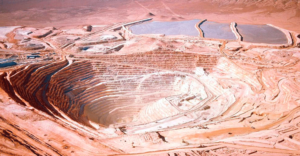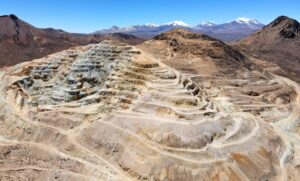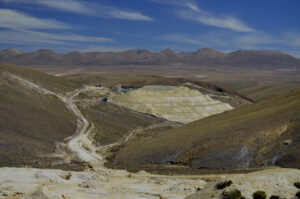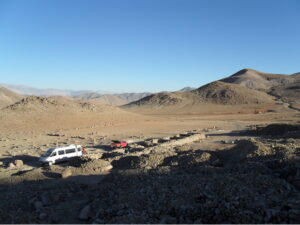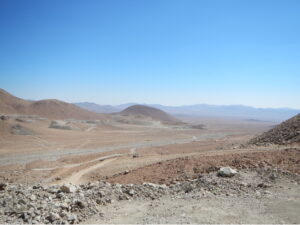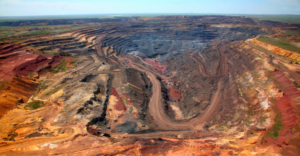
- Argentina | 16 February 2017

Can you tell us about the evolution of IAPG since its inception nearly 60 years ago when it was the Argentina section of the Instituto Sudamericano del Petróleo?
Sure. The IAPG was initially established as a platform to exchange technological advances and information among its members. Over the years, the institute has expanded its role to include technical training, organizing congresses and networking events, as well as the official keeper of statistics for the oil and gas industry. It has also undertaken the challenge of communicating the developments of the oil and gas industry to the general public. Moreover, the IAPG works to educate primary and secondary students on efficient consumption of energy and the advantages and disadvantages of various energy sources available to us. The goal is to help facilitate the rational and informed development of the energy sector in Argentina.
How do the main oil and gas producing areas in Argentina differ?
Each province has its own basin with distinct characteristics. For example, exploration and production are complicated in places like the Malargüe fold-and-thrust belt in Mendoza province where drilling wells might be costly. Then the San Jorge Basin in Chubut Province has a significant amount of oil and gas intercalation and drilling wells there can cost between $3 million and $7 million. The Neuquén Basin differs from San Jorge in that it is prone to light oil with much more gas content than the San Jorge Basin. And then Vaca Muerta has good organic content, good quality of rock that can be fractured, and the kind of access to water and other infrastructure needed to develop the oil and gas sector that the other basins lack.
Do you anticipate that the development of unconventionals in Vaca Muerta will come at the expense of developing other unconventional areas in Argentina?
Yes, except for a couple of wells that have been drilled in the San Jorge Basin in the D-129 formation, the bulk of shale exploration and development has been in the Neuquén Basin, specifically in the Vaca Muerta formation. Other areas present challenges and difficulties that make them less attractive as an investment for the time being. Oil and gas companies will only begin developing unconventional resources in the rest of Argentina’s basins only after they overcome the learning curve at Vaca Muerta.
Given that one of IAPG’s goals is to facilitate access to education, will Argentina have the technical personnel to manage the development of its oil and gas industry?
The lack of people graduating from technical careers is a common denominator all over the world, with some exceptions. Even in the United States, where the shale gas boom has been the source of much growth, companies have turned to retirees to staff projects. As unconventional activities intensify in Argentina, we are working with universities to grow the enrollment of future engineers, geologists, geoscientists, and geophysicists.
To what extent may the lack of infrastructure hinder the development of projects in Vaca Muerta?
Oil and gas infrastructure itself will not be a problem. The industry is capable of supplying the rigs, pumps, motors, etc., that are required to sustain increased activity. Roads and railroads, however, might present an issue. Up to now, the lack of adequate transportation options to and from the Neuquén has not been a problem since oil and gas activity does not yet compare to the activity in, for example, the United States. But if the number of rigs and fracking equipment were to triple, then the lack of roads and railroads would be a problem.








